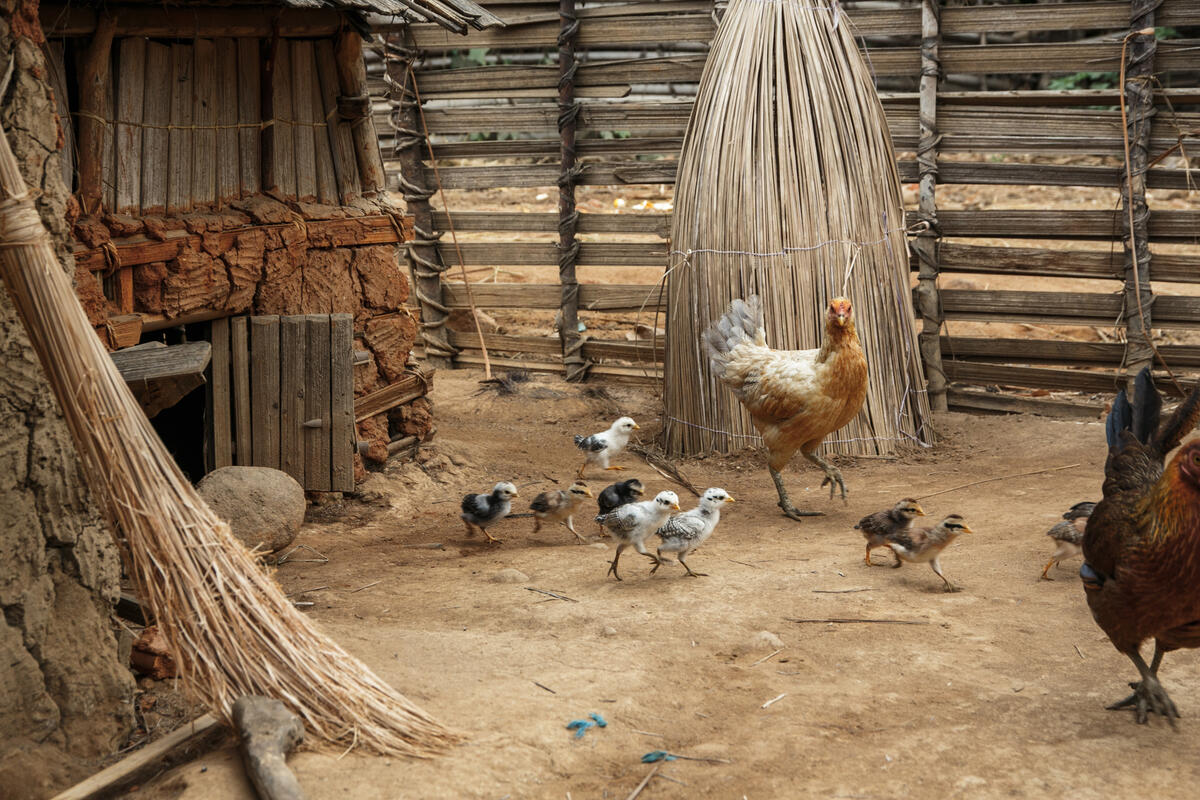In submissions to Safe Work Australia made public today, unions, along with medical professionals and health and safety experts, have amplified their call for a full ban on all engineered stone products that contain deadly silica.
Inhaling crystalline silica dust while cutting, grinding or drilling the engineered stone used for kitchen or bathroom benches can lead to silicosis, an incurable and aggressive lung disease. It has also been linked to other diseases, including cancer. The 60 Minutes episode Last Gasp, broadcast in February 2023, leaves no doubt as to its devastating consequences.
Engineered stone is not an essential building material and there are many safe alternatives. Emissions from engineered stone are qualitatively different from natural stone, with experts finding that even engineered stone products with low silica levels are still highly dangerous. The independent research suggests that certain components within engineered stone may contribute to the type of accelerated silicosis seen in stonemasons working with this product.
Research and modelling also reveal:
- one in four stonemasons who work with engineered stone products have contracted silicosis
- more than 100,000 workers will be diagnosed with silicosis in the coming decades, with a significant proportion coming from the engineered stone industry
- a further 10,000 workers will be diagnosed with other cancers.
In submissions to Safe Work Australia, unions, medical and health and safety experts recommend:
- a prohibition of all engineered stone products regardless of silica content; the only exemption would be for managing or removing stone already in situ (this is similar to the approach to asbestos)
- planning to ensure the safety of workers involved in removing or remodelling engineered stone; a licensing scheme should be introduced to ensure these activities are conducted safely.
Quote attributable to CFMEU National Secretary Zach Smith:
“We’ve been saying for a long time now that if the government doesn’t ban these benchtops by mid-2024, we will be forced to take matters into our own hands onsite.
“The government can hardly claim this issue arrived without warning. Healthy young Australians have been dying for decades because of their exposure to completely optional high-silica stone benchtops.
“I call today on Workplace Relations Minister Tony Burke to step up, expedite the process, and ban this killer stone.
“We’ve set a deadline. Either the Minister steps up and fixes this by mid-2024 or our members will just refuse to touch these benchtops on construction sites across Australia. We took this kind of action with the famous green bans of the 1980s and we’re prepared to do it again.
“I know some of the companies responsible for this scourge will try to use this process to water down regulation, but the government must hold firm. These companies have been allowed to squeeze profits from the blood of Australian workers for decades. They must not be given another inch now.”
Quote attributable to ACTU Assistant Secretary Liam O’Brien:
“Engineered stone is a fashion product that is killing the workers who make it. With alternatives readily available, why are we risking the lives of tradies for a fashionable finish in our kitchens?
“Industry has failed to demonstrate that engineered stone products can be worked with safely. A full ban on all engineered stone, irrespective of silica content, is necessary to protect workers from incurable and deadly silicosis. This ban will save lives.”
Quote attributable to Tracey Bence, President, Australian Institute of Occupational Hygienists:
“Based on the available scientific literature and information, a percentage of crystalline silica that is protective of worker health, or ‘safe’, cannot be determined.
“Recent studies have shown that even when using methods like wet cutting and ventilation, workers are still exposed to too much silica dust. This means workers need to wear respiratory protection. There are compliance issues with safety practices in the stone industry, so a precautionary approach is needed.
“We know that the emissions released from processing engineered stone are different from those released from processing natural stone. It’s not just about the amount of crystalline silica, there are other factors, including other components of the material that can cause harm to workers. A precautionary approach is warranted, and we are therefore supportive of a prohibition on the use of all engineered stone, irrespective of its crystalline silica content.”
Quote attributable to Professor Tim Driscoll, Chair, Occupational and Environmental Cancer Committee, Cancer Council:
Silica dust is classified as a Group 1 carcinogen and about 230 people develop lung cancer in Australia each year due to exposure to silica dust at work. We expect this number to rise as a result of very high workplace exposure with the increased use of engineered stone over the past decade in Australia.
Preventing exposure to silica dust from engineered stone products is the most effective way to prevent lung cancer, silicosis, and other silica-related diseases in the Australian engineered stone industry.
Elimination is the most effective risk control measure and as such Cancer Council supports a ban on engineered stone in Australia.
Quote attributable to Adjunct Professor Dino Pisaniello, School of Public Health, University of Adelaide:
“Engineered stone manufacturers are now marketing low crystalline silica products on the assumption that a sufficiently low crystalline silica content will not entail an elevated health risk. While this seems reasonable, there is at present no definitive scientific evidence in the literature that this is the case.
“National and international researchers have been systematically exploring the dust emissions, exposure science and controls since at least 2017. Multiple lines of scientific evidence point to a complexity in both product composition, emissions and disease development which many researchers argue is unlikely to be ascribed to crystalline silica alone.
“Dust particles less than one micrometre in size, whether from high or low silica materials, appear to generate the most inflammation in the lung, and are also the hardest to control in the workplace. The future emphasis should be on monitoring and reducing the submicron faction of the airborne dust.”
CFMEU: Levi Joule 0481 112 074
ACTU: Monica Crouch 0411 645 751 | Gareth Hathway 0499 878 782
Australian Institute of Occupational Hygienists: Tracey Bence 0433 917 037 | Kate Cole 0408 705 096







